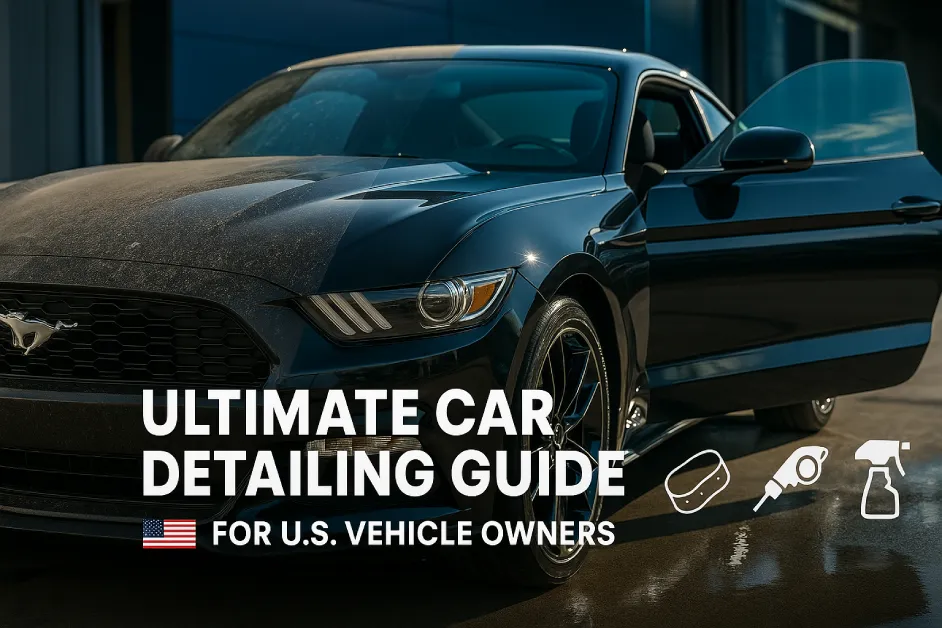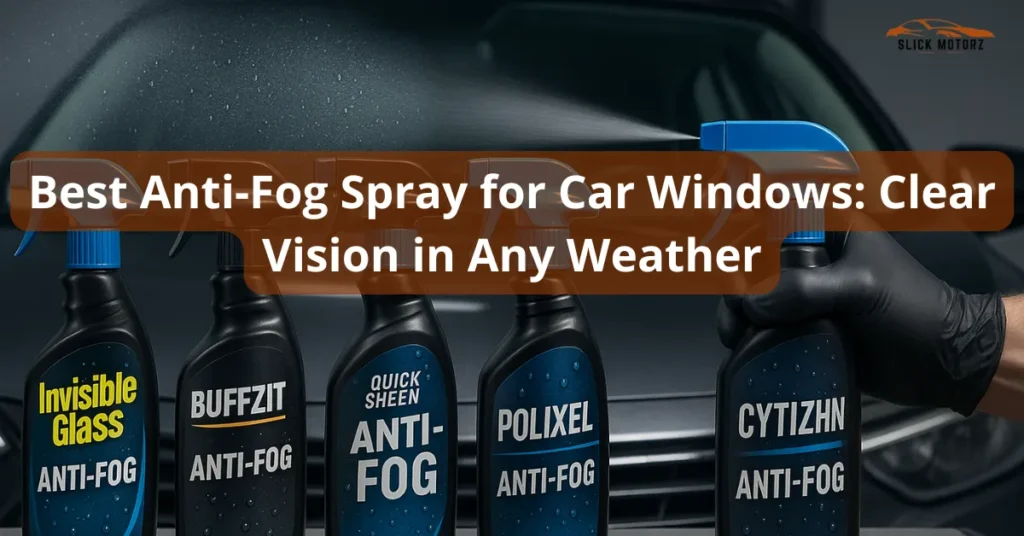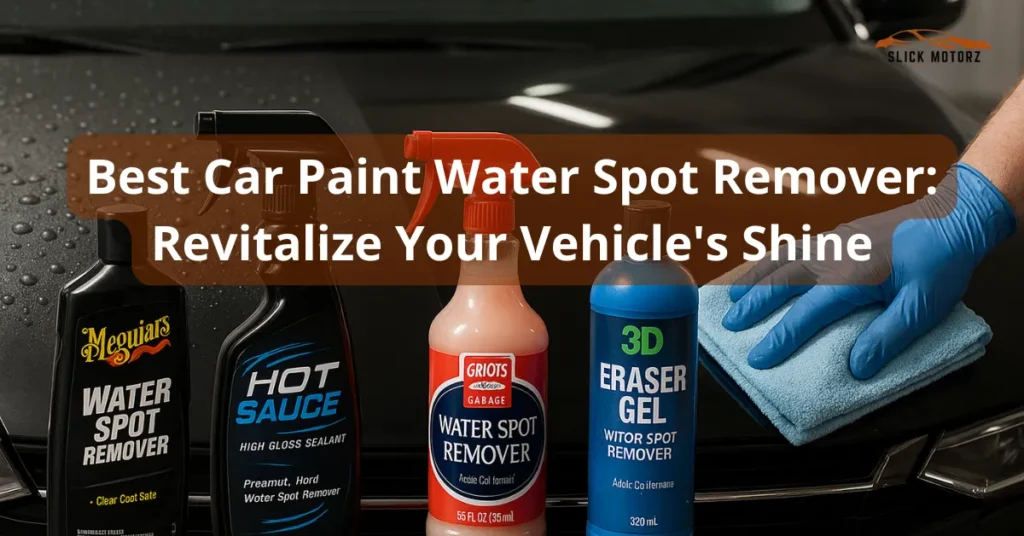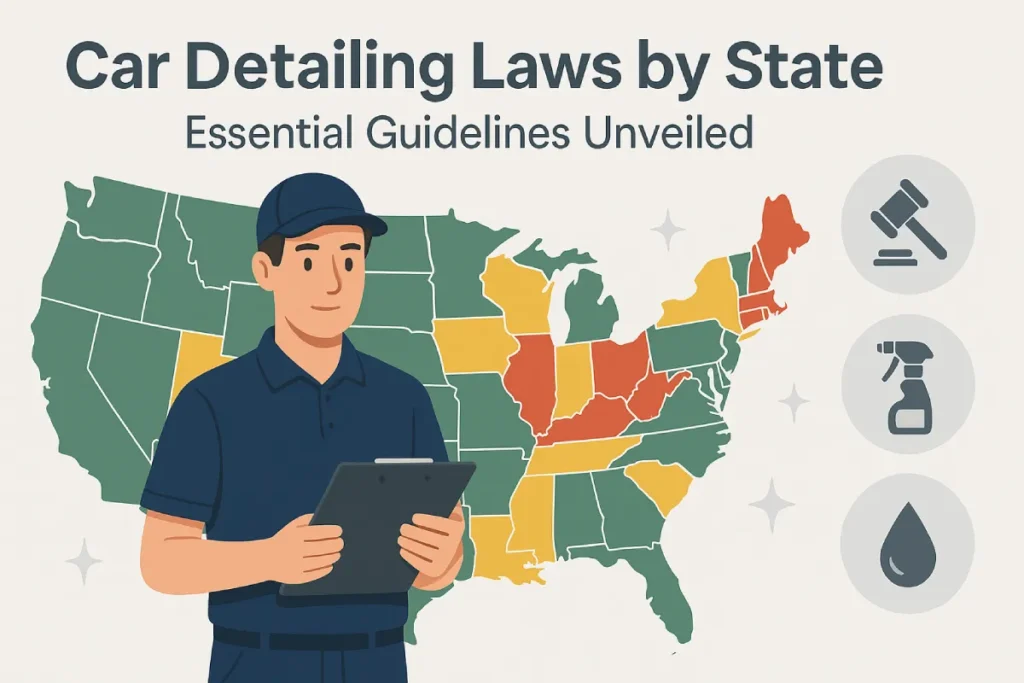Imagine stepping into your car and being greeted by a spotless interior and a head-turning, gleaming exterior. That experience isn’t just a luxury — it’s 100% achievable with the right knowledge, tools, and consistent care.
This car detailing guide is crafted for U.S. car owners who want their vehicles to look, feel, and drive like new — whether you’re a casual commuter or a dedicated car enthusiast. Let’s walk you through the essentials of car detailing, from tools and techniques to professional tips and eco-conscious practices.
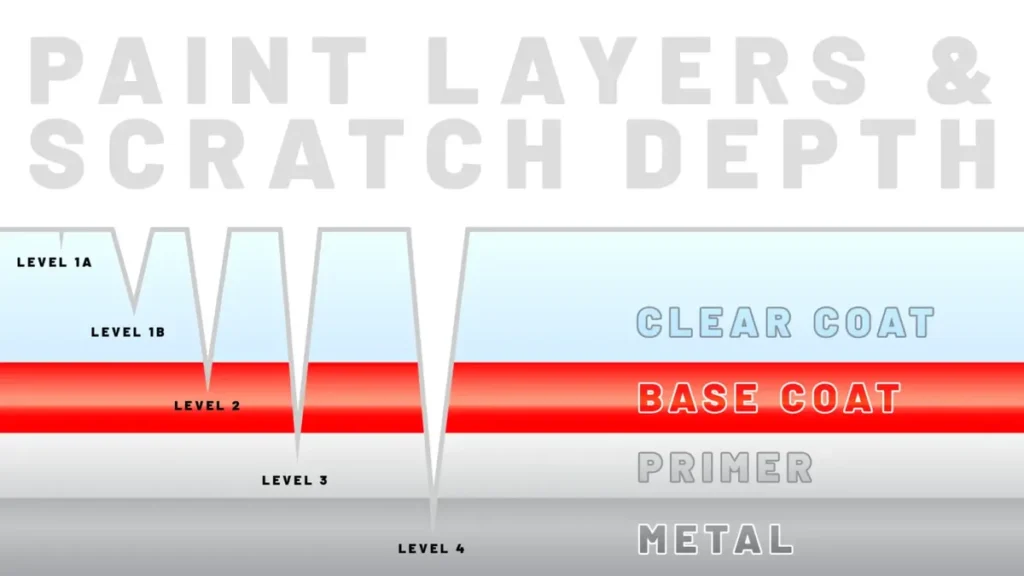
Credit: www.drbeasleys.com
Benefits of Car Detailing
Detailing your car isn’t just about appearance — it’s about protection and value. Here’s why it matters:
- Shine & Appeal: Restores that like-new finish both inside and out.
- Higher Resale Value: A well-detailed car sells faster and for a higher price.
- Long-Term Protection: Guards against UV rays, bird droppings, road salt, and everyday grime.
- Interior Comfort: Clean upholstery and air vents improve your driving experience.
- Improved Safety: Clear windows and mirrors enhance visibility.
Pro Tip: A freshly detailed car not only looks better but drives better — it makes every ride feel more premium.
Must-Have Car Detailing Tools (Beginner to Pro)
Cleaning Essentials
- Microfiber Towels – Lint-free, scratch-free, and reusable
- Two-Bucket Wash System – One for soap, one for rinsing to avoid swirls
- Grit Guard – Keeps debris at the bottom of the bucket
- Car Shampoo – pH-balanced to protect wax/sealants
- Detailing Brushes – For small crevices, grills, and interior components
Polishing & Finishing
- Dual-Action Polisher – Speeds up polishing and ensures even application
- Polishing Pads – Use foam for light polishing; microfiber for cutting
- Paint Clay Bar – Removes embedded contaminants from the surface
- Car Polish & Sealant – Enhances shine and protects finish
Safety & Protection Gear
- Nitrile Gloves – Keep your hands safe from chemicals
- Safety Goggles & Mask – Especially when using spray-on coatings or tire dressings
Exterior Detailing: Step-by-Step
1. Washing Techniques
- Rinse with pressure to dislodge loose debris
- Use a foam cannon or wash mitt with car shampoo
- Apply the two-bucket method (soap + rinse)
- Clean in straight lines, not circles, to avoid micro-scratches
- Rinse and dry with a clean microfiber towel
2. Decontamination
- Use an iron remover for brake dust and metal particles
- Follow with a clay bar treatment for smooth surface prep
3. Polishing & Waxing
- Apply polish to remove oxidation and swirl marks
- Use a polisher or hand pads to evenly distribute the product
- Wax or seal after polishing to lock in the gloss and protection
- Allow curing time as per product instructions, then buff off
4. Tire & Rim Cleaning
- Spray wheel cleaner and let it dwell for a few minutes
- Use soft and stiff brushes depending on the material
- Rinse thoroughly and apply tire gel or dressing
Interior Detailing: Deep Clean & Comfort
1. Vacuuming & Dusting
- Remove floor mats and vacuum every surface
- Use attachments to reach under seats and tight spaces
- Wipe dashboards, vents, cupholders, and screens
2. Upholstery & Leather Care
- Fabric: Use foaming upholstery cleaners and scrub gently
- Leather: Apply cleaner and conditioner to maintain softness and prevent cracking
- Spot-treat stains early to avoid setting
3. Dashboard & Console Care
- Use an all-surface interior cleaner
- Buff dry with microfiber towels
- Apply a UV protectant to dashboards to prevent fading and cracking
- Clean screen displays with alcohol-free wipes
4. Windows & Mirrors
- Use a streak-free glass cleaner
- Spray on the towel, not directly on the surface
- Wipe in vertical then horizontal motions for best clarity
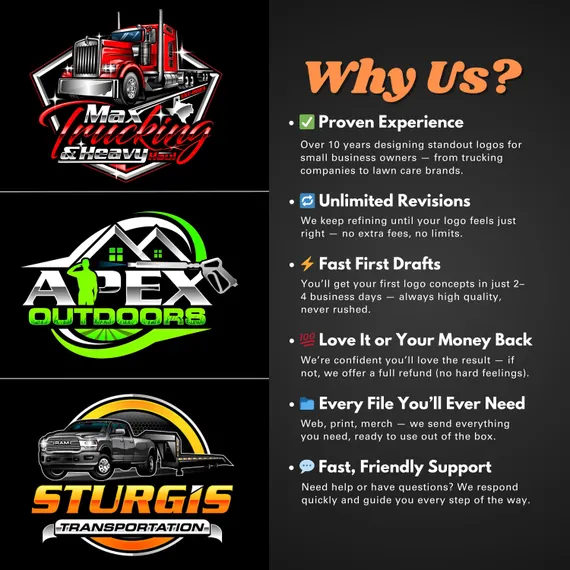
Credit: www.etsy.com
Common Car Detailing Mistakes to Avoid
- Using dish soap instead of car shampoo (strips wax!)
- Skipping rinsing your mitt (causes micro-scratches)
- Forgetting door jambs and trim — they collect grime too
- Overusing tire shine, which can sling onto paint
- Using the same towel for paint and wheels — always separate by area
Expert Tips & Seasonal Advice
DIY vs. Pro Detailing
- DIY is cheaper, customizable, and a learning experience
- Professionals save you time, offer paint correction services, and use higher-end tools
Seasonal Car Care
- Winter: Protect against salt and slush with regular washes and wax
- Spring: Deep clean interiors and remove pollen buildup
- Summer: Park in shade, apply UV protectants, clean bugs off regularly
- Fall: Clear out leaves, detail before winterizing
Aftercare: Post-Detailing Maintenance
Weekly
- Spot clean bird droppings, sap, or tar
- Wipe down interior dust and fingerprints
- Shake out or vacuum floor mats
Biweekly
- Wash exterior with proper technique
- Inspect for any new chips, scratches, or stains
Monthly
- Reapply spray sealant or detailer to maintain protection
- Condition leather seats and trim
- Clean and protect windows
Eco-Friendly Car Detailing
Being environmentally responsible with car detailing helps reduce your carbon footprint and pollution.
Eco-Friendly Practices:
- Use biodegradable and phosphate-free products
- Wash on grass or gravel to avoid runoff into storm drains
- Use water-saving methods like rinseless or waterless washes
- Recycle containers and responsibly dispose of used towels and pads
Frequently Asked Questions (FAQ)
Q1: How often should I detail my car?
A: Ideally every 4–6 months, depending on usage and environment.
Q2: Is waxing necessary?
A: Yes — it protects paint, adds shine, and helps repel water.
Q3: Can I use household cleaners?
A: No — they can damage your paint, leather, or plastics.
Q4: What’s the best way to clean rims?
A: Use a wheel-safe cleaner and a soft brush — avoid acidic cleaners.
Q5: Is a waterless car wash safe?
A: Yes, for lightly dirty cars. Not recommended for muddy or gritty surfaces.
Q6: Should I detail my engine bay?
A: Only if you’re experienced. Mistakes can damage sensors or electronics.
Final Thoughts
Car detailing isn’t just for looks — it’s a form of preventative maintenance that keeps your vehicle in great shape, both cosmetically and mechanically.
With the knowledge in this guide, you’re equipped to:
- Protect your car’s value
- Improve your driving experience
- Keep your ride looking like new
Now it’s your turn: Set a detailing schedule and take pride in your car’s appearance.
Happy detailing, and safe driving!

